Demonstration activities
Project coordinator | Marta Guarise – Agricola 2000
All demonstration activities will focus on soya cultivation. This crop was chosen because it is particularly widespread, both worldwide and in Lombardy region, and it has already been the subject of numerous studies on biostimulants.
Demonstration fields
Three demonstration fields will be organised:
D1 – Soybean cultivation in open field (optimal conditions): positive effects of treatment with biostimulants
The demonstration trial will be conducted in the open field using a randomised block experimental design with three replicats for each biostimulant products.
The objective of the trial will be to compare thesis managed according to the most common cultivation practices (fertilisation, fungicide defence and weed control) with thesis with one or more applications of biostimulant products.
D2 – Use of biostimulants in overcoming water stress damage (trial conducted in pots)
In order to reproduce water stress conditions, this demonstration trial will be carried out in pots using a timed irrigation system and a probe to assess field capacity.
The objective of the trial will be to compare strategies involving the use of biostimulant products in response to water stress and an untreated control. The trial will be conducted adopting a randomised block experimental design with three replications.
D3 – Use of biostimulants in overcoming weed damage
In order to demonstrate the efficacy of biostimulant products in overcoming weed damage, a field trial will be carried out, by setting up randomised block plots, in which the efficacy in reducing phytotoxicity symptoms of biostimulants applied as an extemporaneous mixture with herbicides or individually will be compared.
The objective of the trial will be to compare strategies involving the use of biostimulants in response to weed damage and an untreated control.
Demonstration fields
In the three demonstration fields, treatments will be carried out using commercial biostimulant products chosen according to the following criteria:
- Claim and specific indications for use referring to an improving action and/or, depending on the trial, in response to damage caused by water shortage and by weed control;
- Presence of documented studies referring to the use of such products, reporting actual efficacy.
Treatments will be carried out following the indications given on the labels of the biostimulant products.
Analyses
The following parameters will be assessed
- Aerial biomass;
- Plant height before each application and 7-8 days after application;
- Yield;
- Grain quality;
- Mineral content analysis (macro and micronutrients);
- Assessment of total sugar content in leaves.
Physiological response assessments
The physiological response of the crop to the application of the biostimulant will be carried out in vivo during the crop cycle. Non-destructive determinations will include:
- Fluorescence analysis of chlorophyll a, for the early detention of stress situations and to estimate the use efficiency of light radiation;
- Measurement of leaf gas exchange (CIRAS), to estimate net photosynthesis, stomatal conductance and water use efficiency;
- Non-destructive evaluation of chlorophyll, flavonoid, anthocyanin content and nitrogen balance index (NBI) to assess the nutritional status of the crop.
Demonstration and dissemination days
The results obtained will be compared with the scientific literature and discussed at information and demonstration events.
Over the two-year project period, demonstration days will be organised to “test by hand” the positive effects of applying biostimulant products in combination with the most common cultivation practices in soya cultivation.
In addition, demonstration-informative videos will be produced.
